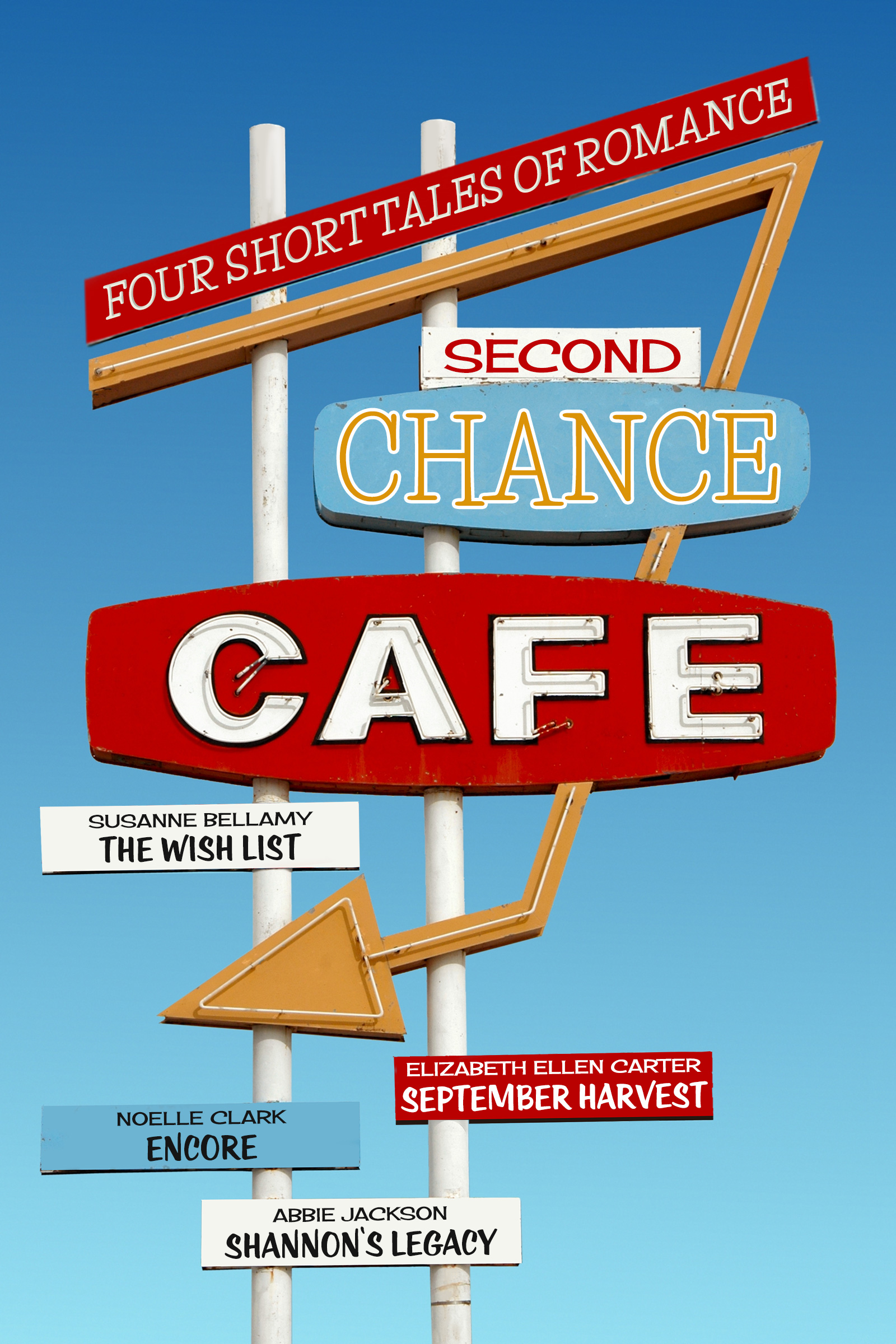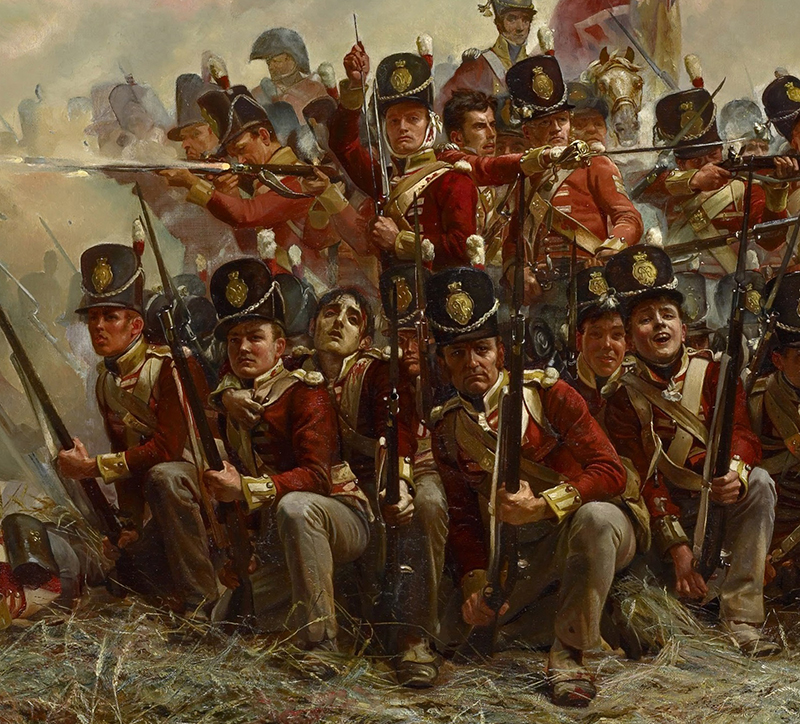

Feasting, merry making (and the children’s table bottom left) as well as boughs of holly and ivy made a perfect Georgian Christmas
The Puritans may have put an end to Christmas celebrations, but they came back with a vengeance during the Georgian era.
Unlike today, where the focus on feasting and gift giving is December 25, the date we mark the birth of Christ, a Georgian Christmas season was a month long celebration starting from December 6, St Nicholas’ Day to January 6, Twelfth Night (also known as Epiphany, when the Wise Men came to pay their respects to the Holy Infant).
And it was on December 6 that friends and families gave gifts. In some country estates January 6 also marked the Servants Ball, where the household was given leave (and funds) to have their own Christmas party.
At the servants ball, the master of the house would begin the event with an opening dance with the housekeeper before retiring for the evening.

A beautiful recreation of a Georgian Christmas wreath with dried oranges, holly, ivy and berries
The Georgians revived many of the traditions of medieval Christmas including hanging garlands of holly and ivy around mantle pieces, around windows and beautiful wreaths hung on the door, but not before Christmas Eve as it was considered unlucky.
Imagine how beautiful it would be to emerge from the cold and the stark whiteness of snow covered fields and streets into a warm house decorated with the rich green leaves of the ivy and the glossy green leaves and vivid red berries of the ivy.
Depending on your wealth you may have added to spices such as cinnamon sticks, rosemary, apples, oranges, candles or ribbons to the boughs and wreaths and staged Christmas balls to celebrate the season with your neighbours.
And if you were trying to attract the eye of a particular someone, you might have added mistletoe to your ‘kissing bough’.
So fundamental to an English Christmas did this special greenery become, it became a popular folk song, The Holly & The Ivy.
The one we sing today was a version published in the early 19th century and the title as we know it occurred in William Hone’s 1823 work Ancient Mysteries Described.
You can see from our Historical Hearts image at the top of this post – an illustration of Mr and Mrs Fezziwig from A Christmas Carol, who are symbolic of the joy and fun of Christmas, a tradition that continued from Georgian times when Christmas was about games, singing, dancing but also acts of generosity and charity, a theme Dickens expanded on in his iconic book.
Before we wrap up this look at Christmas of the past, do take a look at Christmas at an earlier time with some posts I did last year for Warrior’s Surrender which featured a medieval Christmas scene.
In addition, I have a free Christmas read for you, A Season To Remember, an anthology of Christmas-themed short stories.
Do follow the links to the other Historical Hearts Christmas Blog Hop and enjoy spending the season with some of Australia’s most outstanding historical romance authors (and you get a chance to win).
Lastly, scroll to the bottom of the page and get into the Christmas spirit with this lovely rendition of the Christmas carol, The Holly & The Ivy.
Don’t forget to follow this link for your chance to a Rafflecopter giveaway


